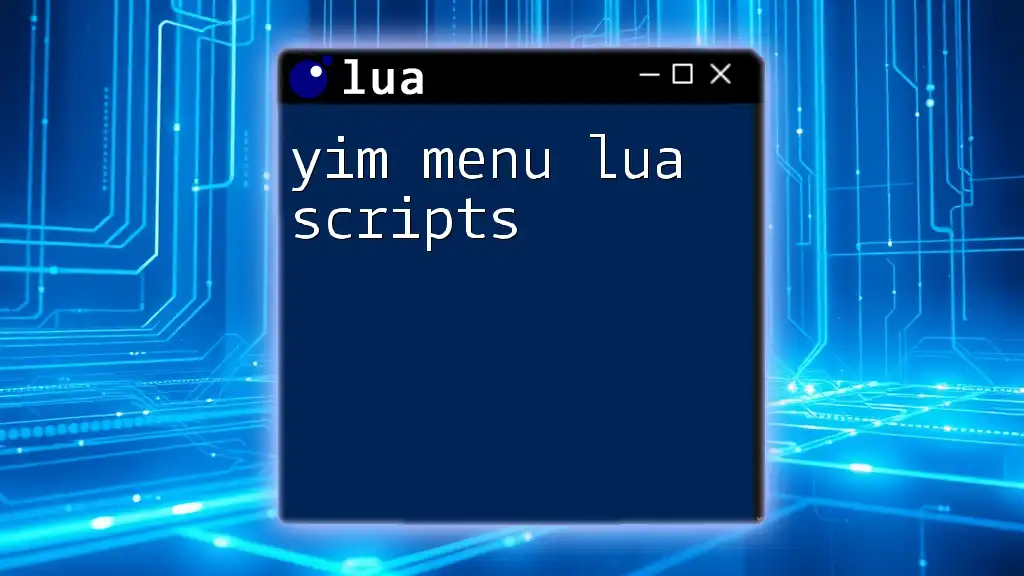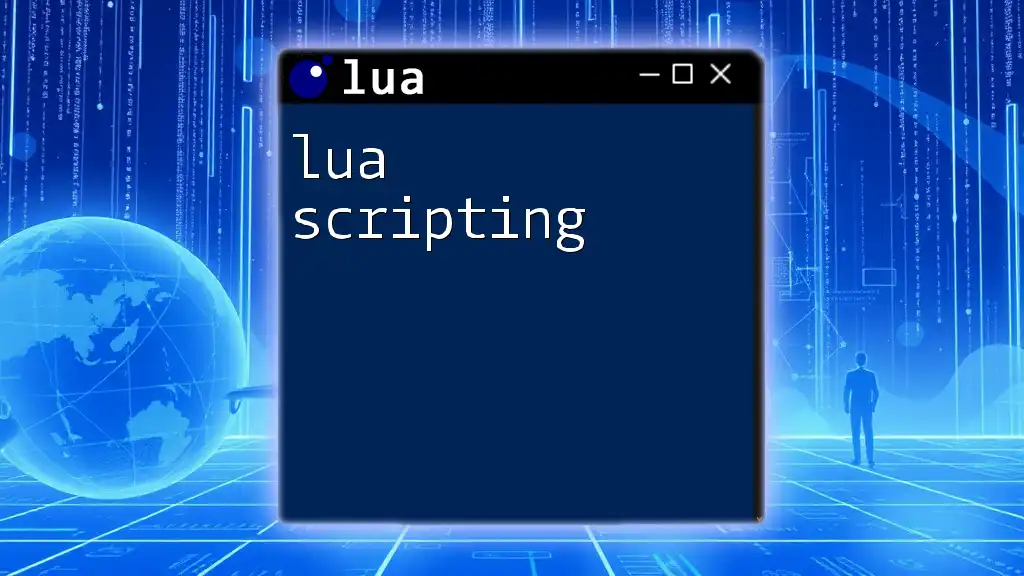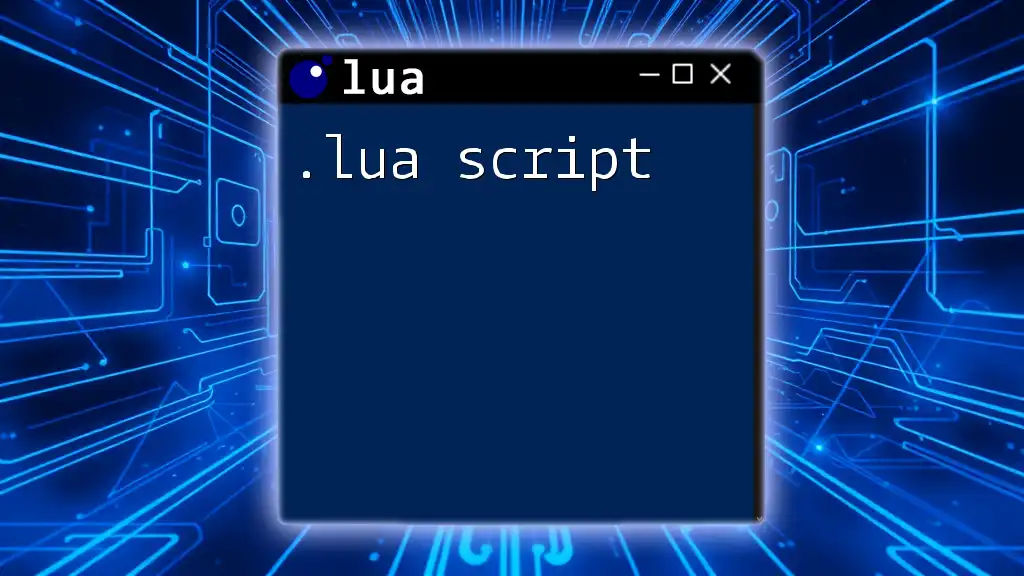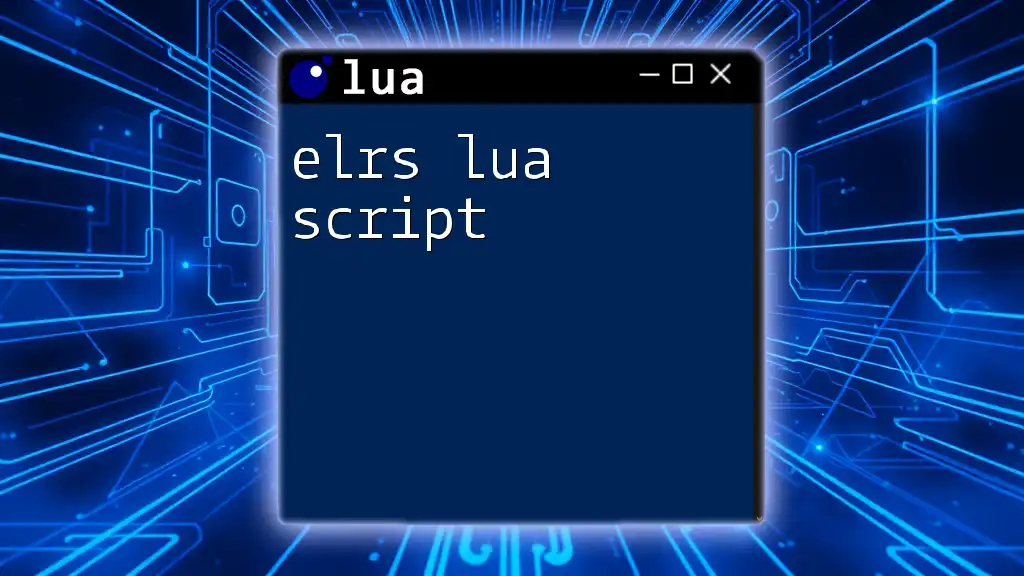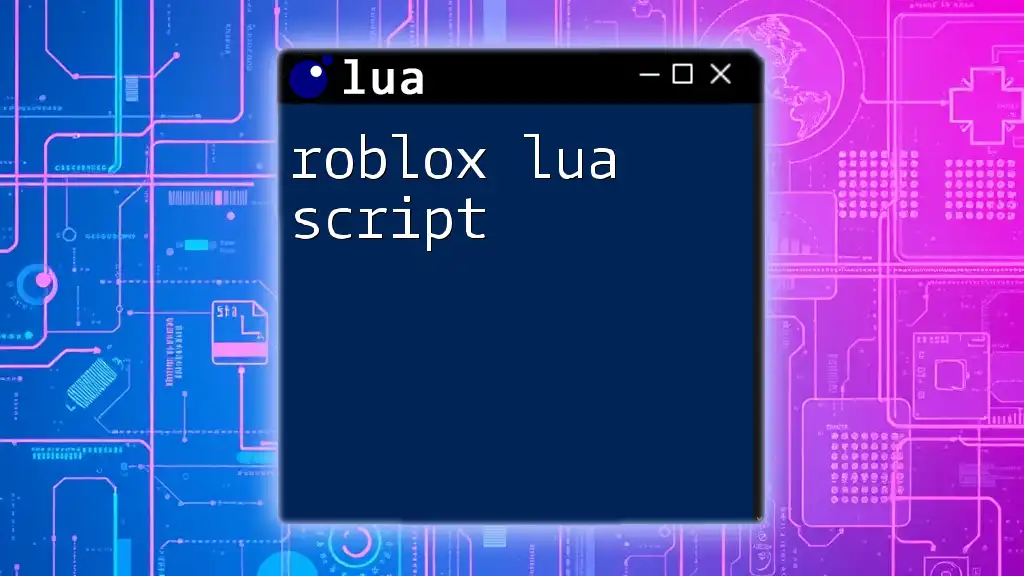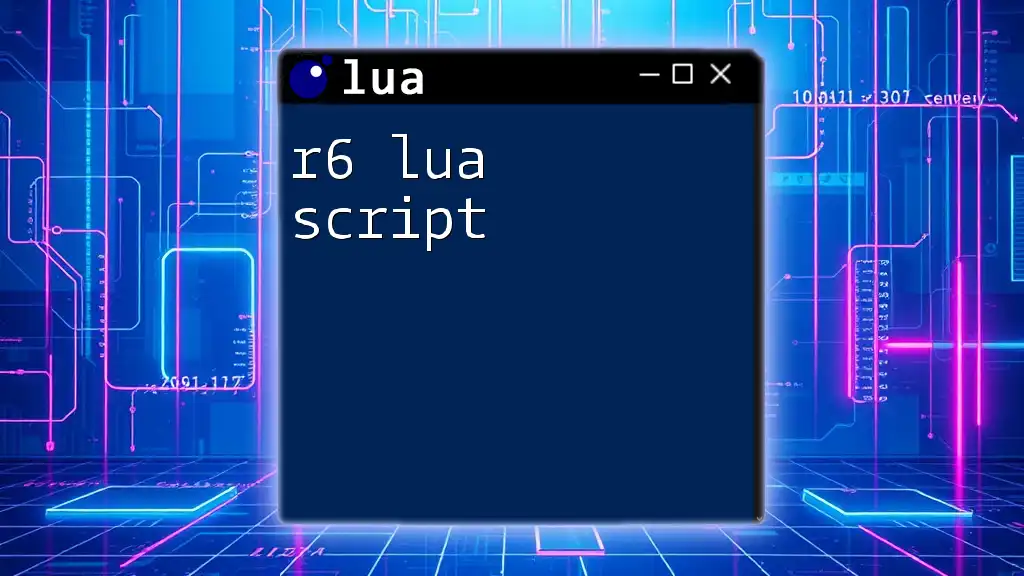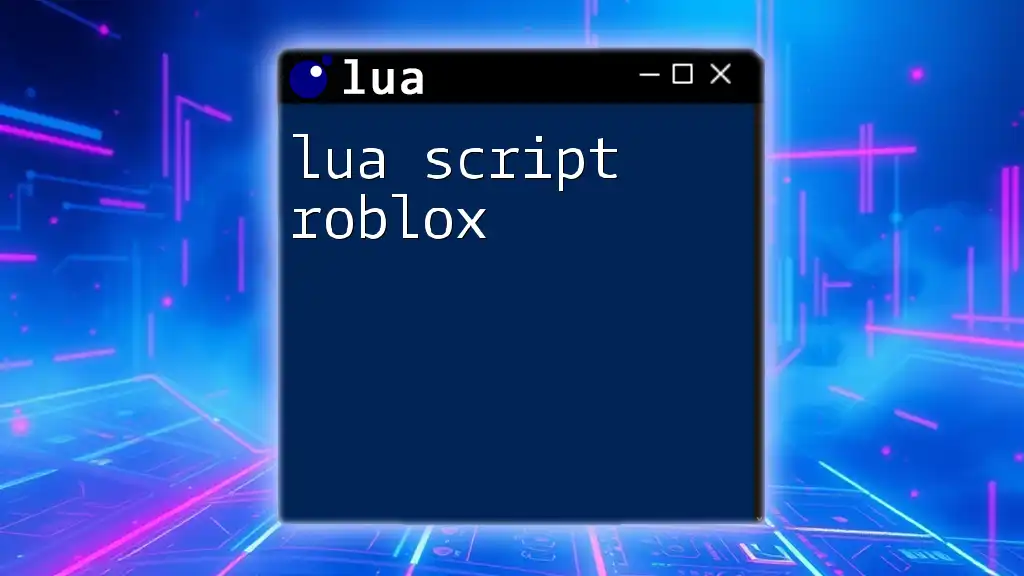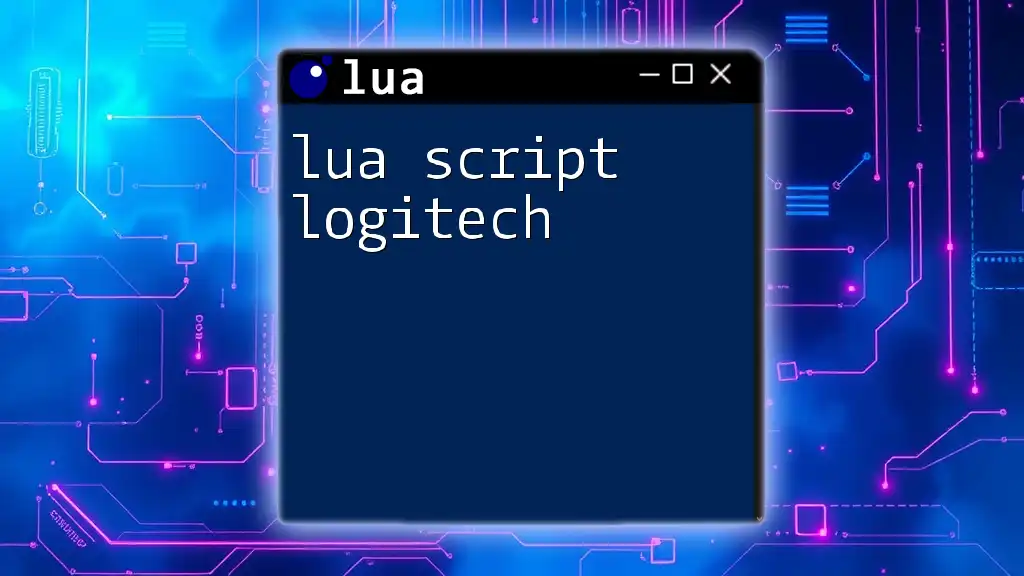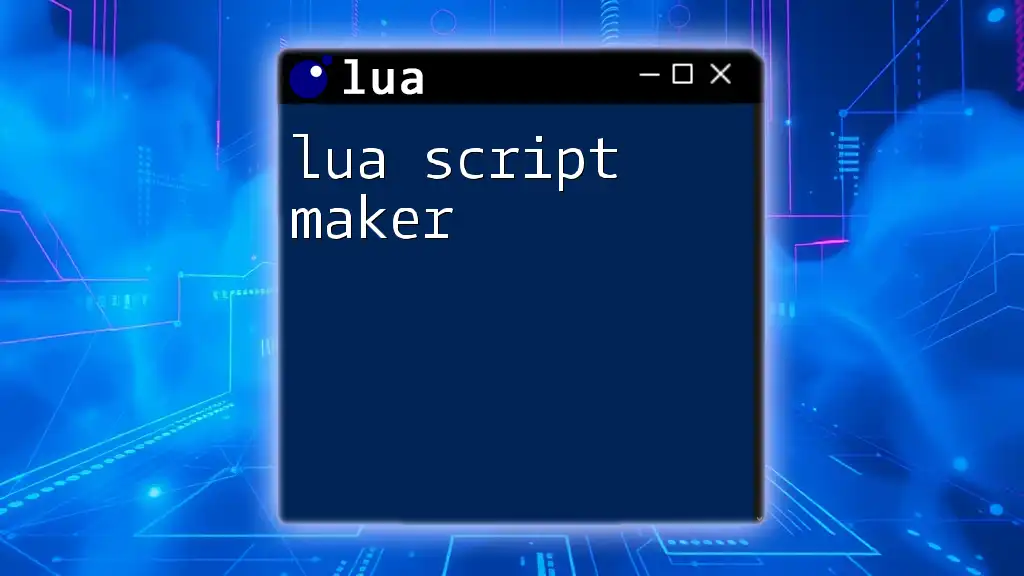The Yim Menu Lua scripts allow players to customize and enhance their gaming experience by executing specific commands through an intuitive in-game menu interface.
Here’s a simple example of a Lua script to spawn a vehicle in Yim Menu:
function spawnVehicle(vehicleName)
local playerPed = PlayerPedId()
local coords = GetEntityCoords(playerPed)
local vehicleHash = GetHashKey(vehicleName)
RequestModel(vehicleHash)
while not HasModelLoaded(vehicleHash) do
Wait(500)
end
local vehicle = CreateVehicle(vehicleHash, coords.x, coords.y, coords.z, GetEntityHeading(playerPed), true, false)
TaskWarpPedIntoVehicle(playerPed, vehicle, -1)
end
spawnVehicle("adder")
Understanding Yim Menu in Lua
What is Yim Menu?
Yim Menu refers to a flexible command interface crafted in Lua, designed primarily for creating interactive menus in various applications, especially in games. It allows developers to craft user-friendly experiences by providing a structured way for users to interact with programs. The significance of Yim Menu Lua scripts lies in their dynamic capability, enabling real-time menu generation based on program states and user inputs. Common applications include game instructions, settings menus, and even contextual in-game options that enhance player engagement.
Brief History of Yim Menu
The origins of the Yim Menu can be traced back to the need for intuitive user interfaces in Lua-based applications. As Lua gained traction in game development and embedded systems, the necessity for efficient, robust menu systems became apparent. Consequently, the Yim Menu evolved to provide a standardized yet adaptable framework that complements Lua's lightweight nature.
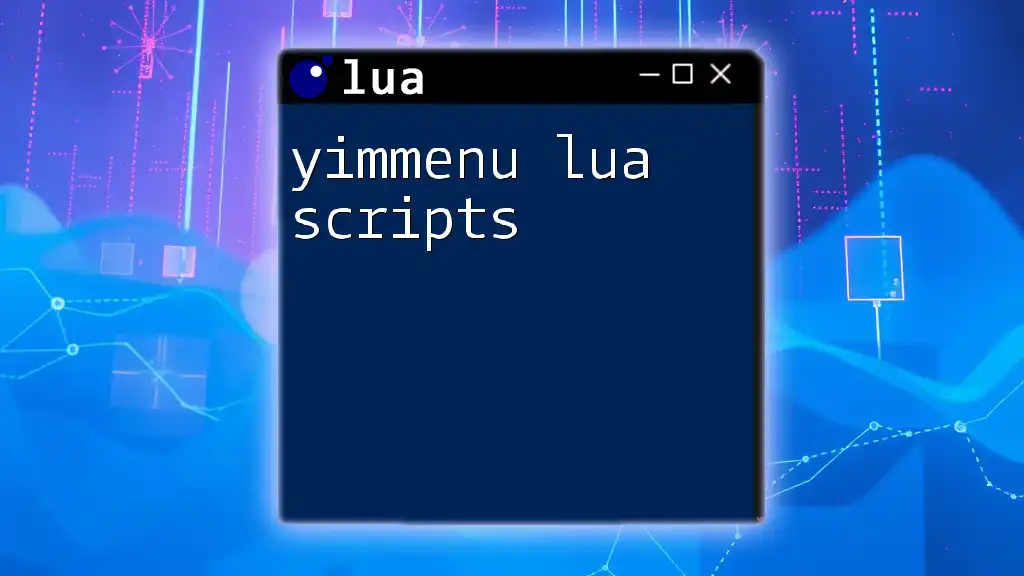
Getting Started with Yim Menu Lua Scripts
Prerequisites for Developing Yim Menu Scripts
To effectively create your own Yim Menu Lua scripts, you should have a basic understanding of Lua programming. Familiarity with programming concepts such as variables, loops, and functions is crucial.
You will also need the right tools:
- Lua Interpreter: This enables code execution locally.
- Code Editors: Tools like Visual Studio Code or Sublime Text offer user-friendly coding environments equipped with features like syntax highlighting and auto-completion, significantly easing the scripting process.
Setting Up Your Environment
Setting up the environment for Lua development involves a few straightforward steps:
- Install the Lua interpreter from the official Lua website.
- Choose and install a code editor of your preference to write scripts.
- Curious about the specific libraries that facilitate Yim Menu scripting? Researching topics like “Lua menu libraries” will yield useful tools that simplify your coding experience.
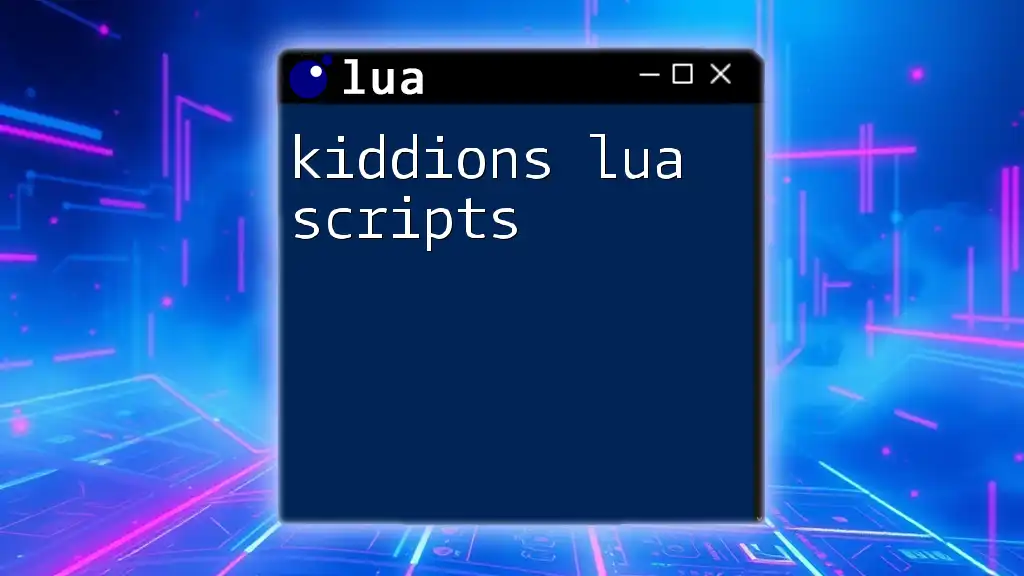
Key Components of Yim Menu Lua Scripts
Understanding Basic Lua Syntax
Before delving into Yim Menu specifics, understanding fundamental Lua syntax is essential. Key concepts include:
- Variables and Data Types: Lua supports multiple data types, such as numbers, strings, booleans, tables, and functions, allowing versatile programming.
- Control Structures: Learn useful constructs like `if` statements and loops (`for`, `while`) for implementing decision-making processes within scripts.
- Functions in Lua: Functions are the building blocks of Lua scripts. They help organize code into manageable parts, improve readability, and promote reuse.
Structure of Yim Menu Scripts
A typical Yim Menu script follows a clear structure:
- Initialization: Defining the menu structure and the items it contains.
- Event Handling: Code for managing user inputs and executing specified actions upon selection.
- Display Logic: Instructions for rendering the menu on the screen, updating it as necessary based on interactions.
An example of how to create a basic Yim Menu structure may look like this:
menu = {}
function createMenu(title)
print(title)
-- menu logic here
end
This snippet provides the basic framework where you can add more functionalities as needed.
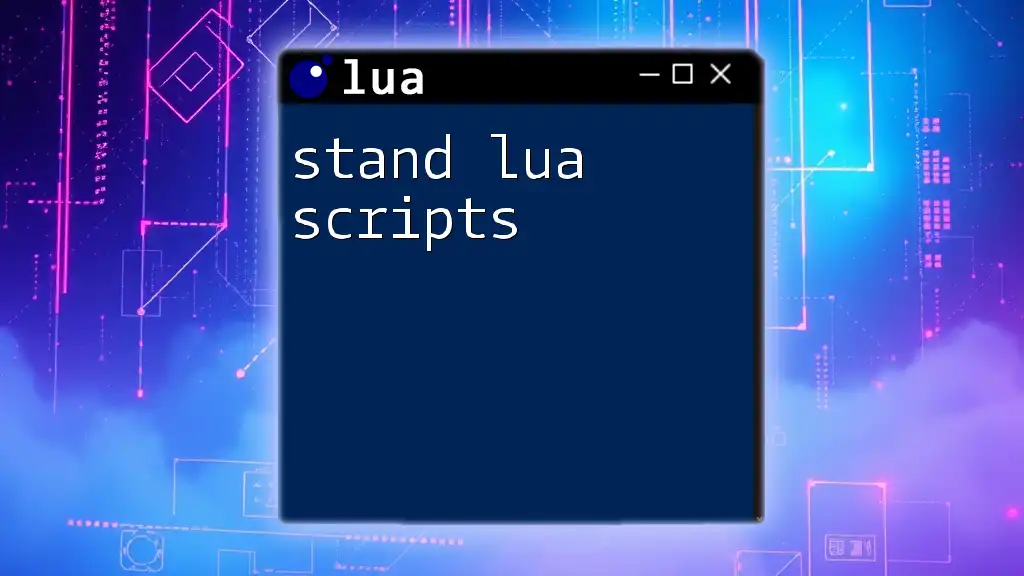
Crafting Your First Yim Menu Lua Script
Creating a Basic Menu
To create a simple menu in Lua, define a function that outputs the menu title and sets up the necessary rudimentary logic. Here is an example:
menu = {}
function createMenu(title)
print("=== " .. title .. " ===")
-- Placeholder for adding items later
end
createMenu("My First Yim Menu")
In this script, createMenu generates a display title when invoked. Each component forms a fundamental part of your Yim Menu.
Adding Menu Items
Once you have a basic menu, the next step is to incorporate items. This involves defining a way to allow users to select options. Below is a code snippet demonstrating how to add items to a menu:
function addItem(name, action)
table.insert(menu, {name = name, action = action})
end
addItem("Start Game", function() print("Game Started!") end)
addItem("Exit", function() print("Exiting...") end)
This addition allows your Yim Menu to contain interactive components that execute specific actions when selected.
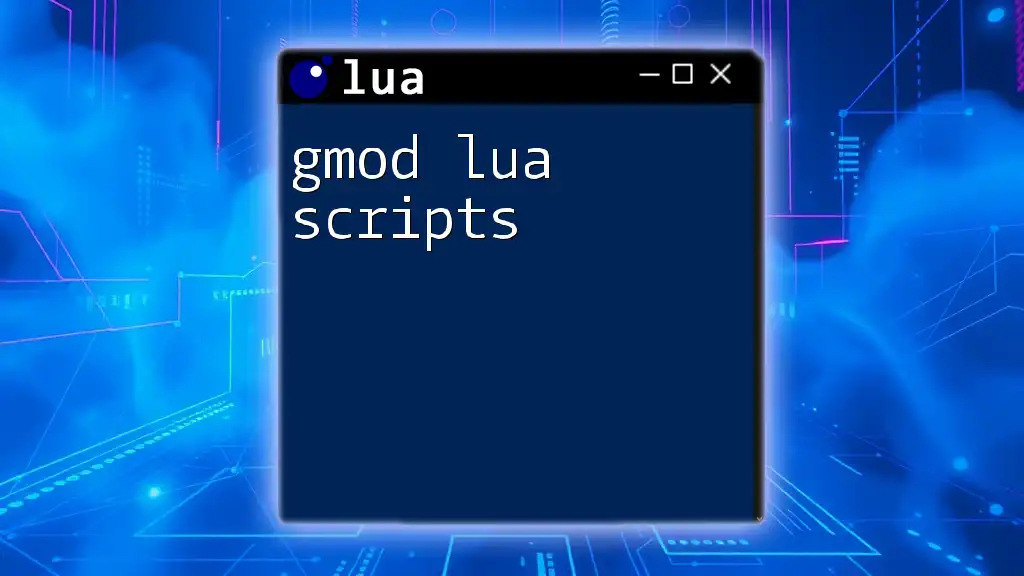
Enhancing Your Yim Menu Scripts
Adding Functionality
To make your Yim Menu truly interactive, it is crucial to implement functionality that facilitates user actions. This can be achieved by creating a selection function:
function selectItem(index)
if menu[index] then
menu[index].action()
else
print("Invalid selection")
end
end
By passing the index of the selected item to selectItem, this function invokes the corresponding action or outputs an error message. This keeps the interaction smooth and user-friendly.
Customizing Menu Appearance
While functionality is vital, a visually appealing menu significantly enhances user experiences. Using colors and styles can make your Yim Menu visually distinct. For example, you can modify text color in Lua scripts if supported by your display environment:
function setColor(r, g, b)
-- Hypothetical color setting logic
print(string.format("Setting color to RGB(%d, %d, %d)", r, g, b))
end
setColor(255, 0, 0) -- Set text color to red
Customization aspects not only enhance usability but also contribute to branding in a game or software application.
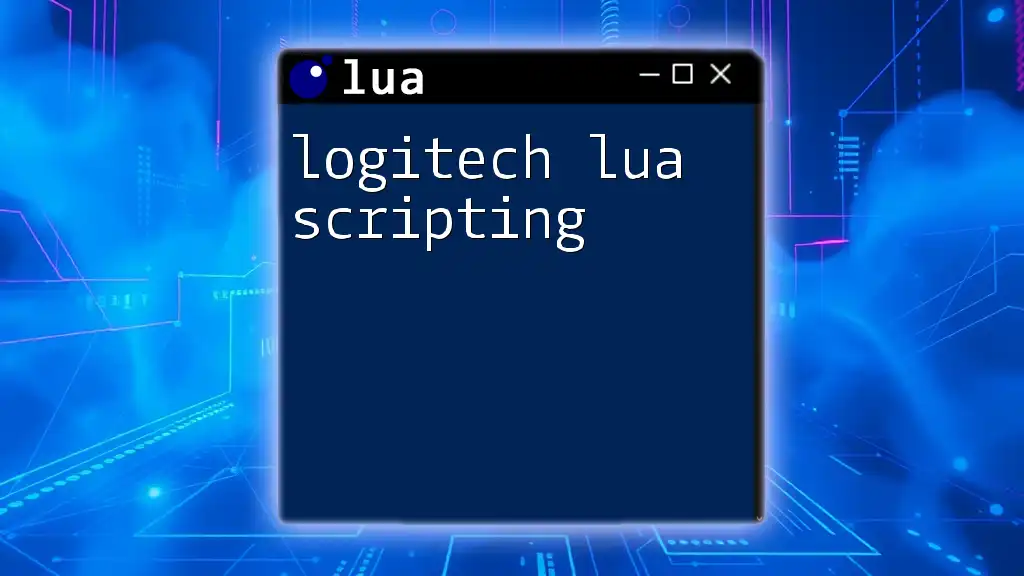
Debugging and Optimization Tips for Yim Menu Lua Scripts
Common Issues in Yim Menu Scripts
Debugging is an essential phase of development. Common issues developers encounter include:
- Syntax Errors: Double-checking your script for any misplaced symbols or misspelled commands can save significant headaches.
- Logic Errors: Understand the flow of your code and ensure that all pathways are correctly set up to avoid unexpected behavior.
Performance Optimization Strategies
Writing efficient Lua scripts promotes better performance:
- Aim to minimize global variable usage; instead, use local variables where appropriate.
- Organize your code into reusable functions to reduce redundancy and improve readability.
- Always test scripts rigorously to identify performance bottlenecks during menu interactions.

Real-World Applications of Yim Menu Lua Scripts
Yim Menus in Gaming
In gaming, Yim Menu Lua scripts are invaluable. They enable developers to create rich, interactive environments providing players with choices and customization options. For instance, in a role-playing game, an engaging Yim Menu can showcase an array of spells or items, enabling players to select and use them on-the-fly.
Yim Menus in Software Applications
Beyond gaming, Yim Menu has applications in professional software design. It facilitates user preferences and settings interfaces, enhancing overall user experience. With appropriate implementations, it can streamline complex workflows in applications across various industries.
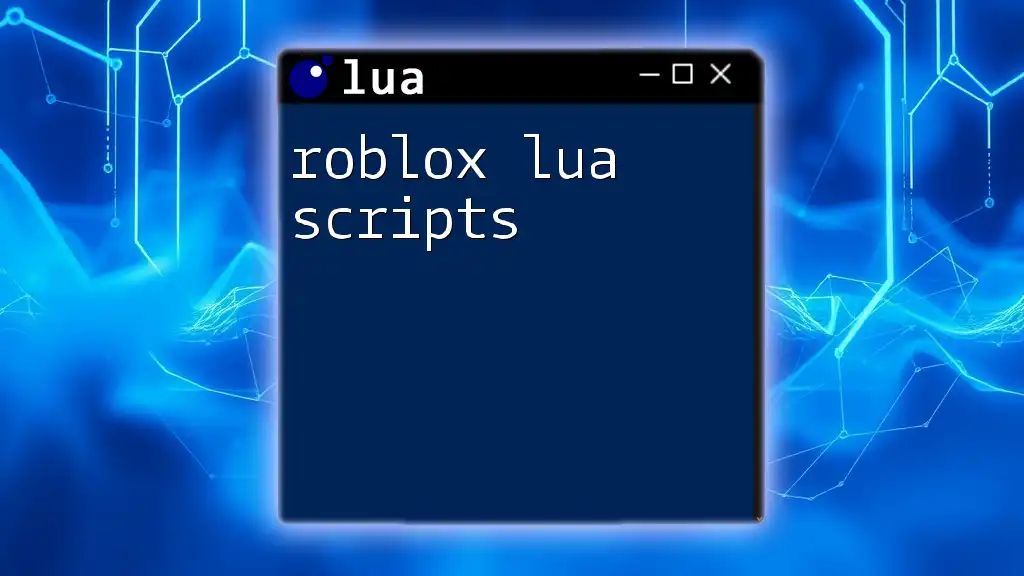
Conclusion
Recap of Yim Menu Lua Scripts
To recap, mastering Yim Menu Lua scripts will significantly enhance your scripting toolkit. By understanding their structure and functionality, you can create interactive menus that engage users effectively.
Next Steps
Now is the perfect time to dive into creating and sharing your Yim Menu Lua scripts! Experiment with different designs, functionalities, and customization options to develop unique user experiences. Continue exploring available resources and engage with the Lua scripting community for support and inspiration.
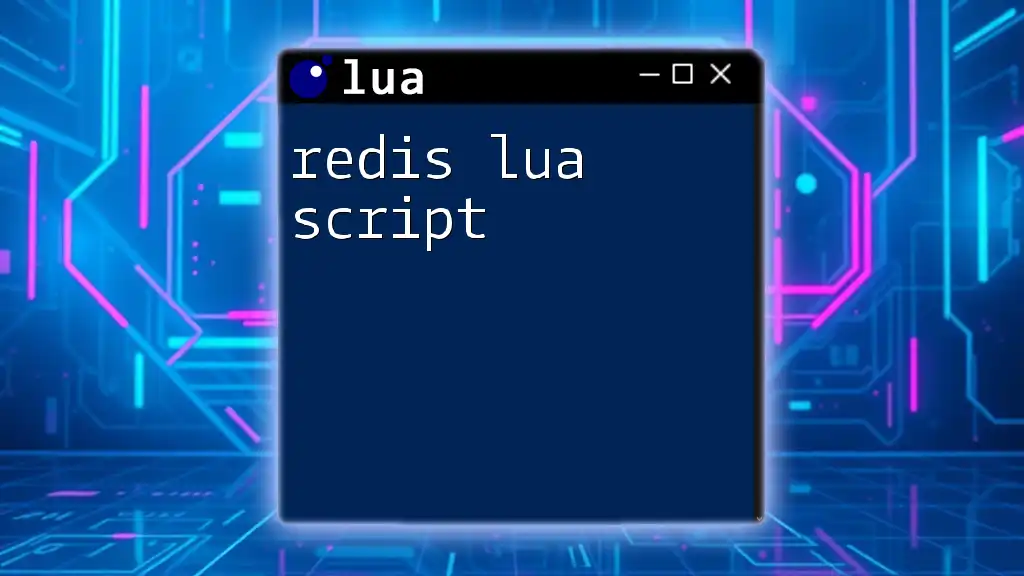
Additional Resources
Useful Links and References
Take advantage of various online resources. Explore Lua documentation, tutorials, and community forums where you can gain insight, share knowledge, and seek assistance in your development journey.
Suggested Tools and Libraries
Look into additional libraries that facilitate Yim Menu scripting to streamline your projects and enhance your Lua coding experience. Utilize integrated development tools that support debugging and version control to manage your code effectively.
With this comprehensive understanding conveyed, you are now well-equipped to explore and implement Yim Menu Lua scripts in your own projects!

